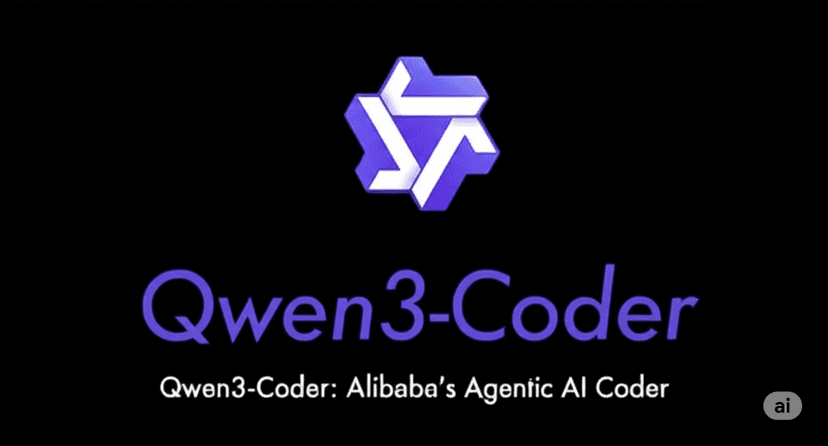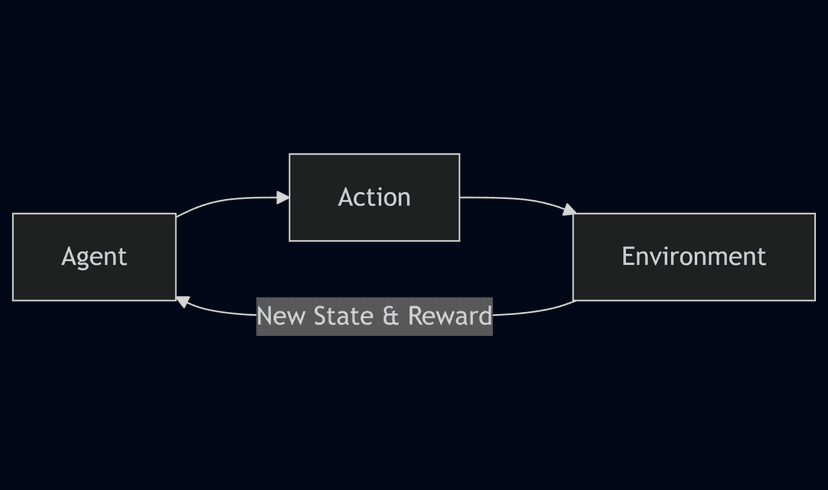Latest Articles
Discover insights, tutorials, and news about machine learning, technology, and more

Multi-armed bandit problem; Your First Reinforcement Learning Agent in 100 Lines of C
Read Article


Kimi K2: The Open Source Agentic AI Redefining the Frontier of Execution
Read More